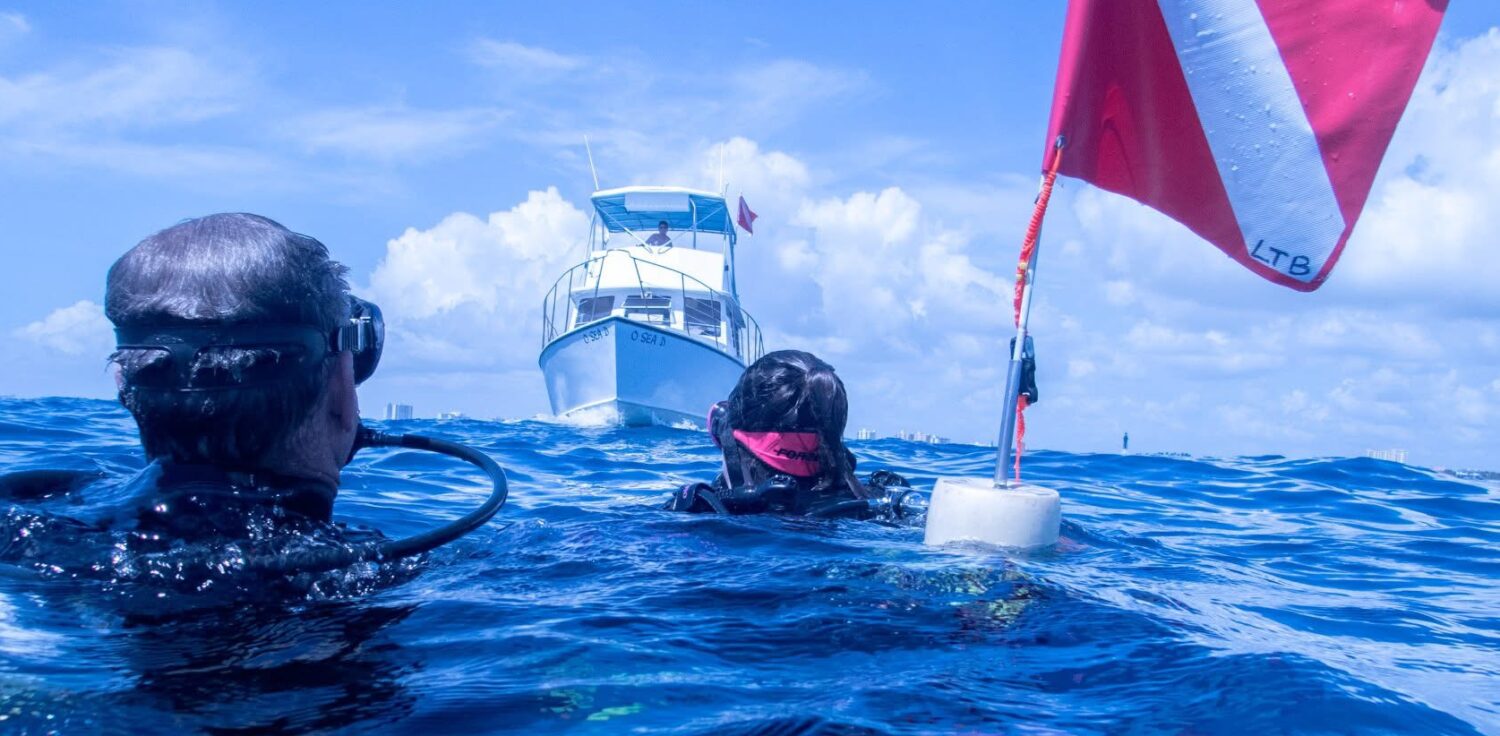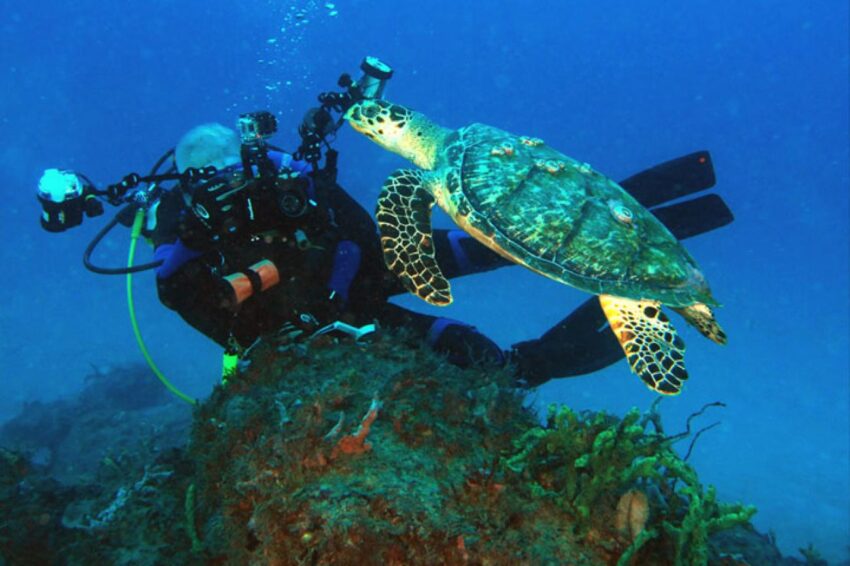Scuba diving opens the door to an entirely new world beneath the waves — one filled with vibrant coral reefs, fascinating marine life, and the quiet calm of being suspended in water. Whether you’re aiming to explore the tropical reefs while diving South Florida or dreaming of advancing to the specialized world of technical diving Florida waters are famous for, your journey begins with scuba certification.
For most people, the certification process is both exciting and slightly nerve-wracking. There’s gear to learn, safety rules to follow, and plenty of new skills to master. The good news is that with the right preparation, you can approach your first day of class with confidence and a genuine sense of excitement. This guide will walk you through exactly how to get ready — physically, mentally, and logistically — so you can make the most of your scuba certification course.
Understand What Scuba Certification Involves
Before signing up for a class, it’s helpful to know what certification actually means. Recreational scuba certifications are generally offered through agencies like PADI, SSI, or NAUI. The entry-level course (often called “Open Water Diver”) consists of three main parts:
1. Knowledge Development – Classroom or e-learning sessions covering diving theory, safety, equipment, and basic physics of diving.
2. Confined Water Training – Practicing skills in a swimming pool or shallow, controlled environment.
3. Open Water Dives – Four or more dives in a natural body of water (ocean, lake, quarry) to demonstrate your skills in real conditions.
Once certified, you can rent gear, join guided dive trips, and explore underwater sites up to a recommended maximum of 60 feet (18 meters). If you decide to progress further, you can pursue advanced and specialty certifications — eventually working your way toward technical diving Florida, which involves deeper depths, more complex equipment, and extended bottom times.
Choose the Right Dive School and Instructor
Your choice of training center plays a huge role in the quality of your learning experience. Consider the following: accreditation with a recognized training agency like PADI, SSI, or NAUI; instructor experience and teaching style; location of open water dives; class size; and quality of rental equipment. If you think you may eventually progress to more advanced courses like wreck penetration or trimix — both common in technical diving Florida — choose a school that also offers these pathways.
Get Comfortable in the Water Before Class
You don’t have to be an Olympic swimmer to become a certified diver, but basic water comfort is essential. Many dive agencies require you to swim 200 meters without stopping and float or tread water for 10 minutes. Spend time swimming at your local pool or beach before your course and practice staying relaxed in the water.
Review Basic Dive Theory in Advance
Most certification courses include e-learning or manuals you can study before your first day. If you get the reading done early, you’ll arrive with a head start. Key topics to understand include pressure and buoyancy, equalization techniques, dive tables and computers, basic physics of air consumption, and marine environment awareness. This knowledge will make you a more confident and environmentally responsible diver, especially while diving South Florida.
Ensure You’re Physically Fit for Diving
Diving is generally low-impact, but it does require reasonable cardiovascular health and muscle stamina. Some medical conditions require clearance from a doctor. Build basic fitness with swimming, walking, or light strength training. Practice slow, deep breathing to conserve air — a skill that will benefit you greatly if you later pursue technical diving Florida adventures.
Familiarize Yourself With Dive Gear
While your dive school will provide or rent equipment, it’s helpful to understand the basics: mask, snorkel, fins, wetsuit, buoyancy control device (BCD), regulator, alternate air source, gauges, dive computer, weights, and tanks. Visit a dive shop and try on masks or fins for fit and comfort. If you progress to technical diving Florida, you’ll encounter additional cylinders and specialized gear, so early familiarity is helpful.
Practice Equalizing and Breathing Techniques
Difficulty equalizing ear pressure is common for beginners. Practice the Valsalva maneuver — gently pinching your nose and exhaling — early and often. Breathing should be slow, steady, and deep, helping conserve air and stay calm.
Learn About Local Diving Conditions
If you’ll be doing your open water dives in Florida, know what to expect: generally warm water, good visibility, abundant marine life, and potential currents. Drift diving, common when diving South Florida, requires comfort with descending and ascending in moving water.
Get a Good Night’s Sleep Before Class
Arrive rested so your mind and body can absorb new skills. Avoid alcohol the night before, stay hydrated, and eat well. Diving while tired, hungover, or dehydrated increases risk.
Pack Your Essentials
Bring certification paperwork, swimwear, towel, water bottle, reef-safe sunscreen, snacks, and optional personal gear like a mask or snorkel. If diving South Florida, bring sunglasses and a light windbreaker for boat rides.
Adopt the Right Mindset
Scuba diving is as much mental as physical. Mistakes are normal, staying calm is essential, and respecting the environment is non-negotiable.
Plan for Your First Post-Certification Dives
Once certified, practice regularly to build confidence. South Florida is ideal for beginners, offering shallow reefs and professional dive operators. If you’re drawn to deeper or more complex dives, take an Advanced Open Water course. This is the path toward technical diving Florida, where skills like deep diving and enriched air become essential.
Think About Long-Term Gear Investment
Many divers eventually buy their own mask, fins, and dive computer for comfort and safety. Technical diving Florida requires more specialized gear, such as twin tanks and redundant buoyancy systems.
Respect Dive Safety Rules from Day One
Never hold your breath while ascending, ascend slowly, always dive with a buddy, perform safety checks, and stick to your dive plan. These habits will keep you safe whether you’re reef diving or exploring deep wrecks.
Final Thoughts
Preparing for your scuba certification class is about more than showing up with a swimsuit and adventurous spirit. The more effort you put in beforehand, the more confident and safe you’ll feel once you’re underwater. From your first giant stride into the ocean while diving South Florida to the advanced challenges of technical diving Florida, certification is the first chapter in a lifetime of adventure. The ocean is waiting — start preparing today.


